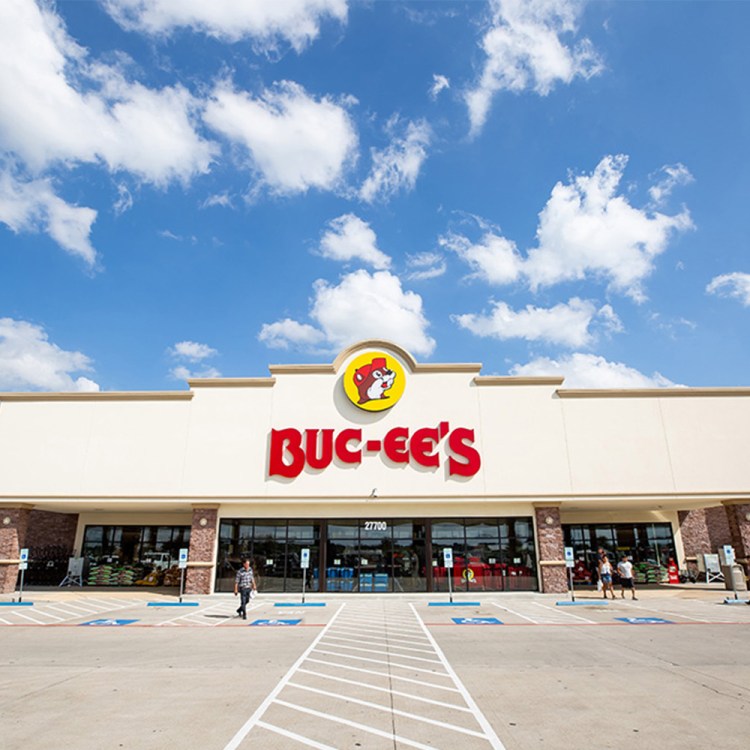Though best known for tequila and mezcal, Mexican spirits are as diverse as the country itself. In addition to these agave-based favorites, Mexico produces raicilla, charanda, bacanora and other increasingly popular offerings. But sotol, a spirit with roots in Mexico and ties to Texas, is increasingly popping up stateside and finding its way into more bars and bottle shops.
Sotol is made from the Dasylirion wheeleri plant, commonly called the desert spoon. The plant grows wild primarily across northern Mexico’s Chihuahua region, and can also be found in West Texas as well as southern New Mexico and Arizona. For years, the majority of sotol was produced and consumed within Mexico’s borders, but over the past decade, it’s begun to cross the border, and enterprising bartenders are adding it to their menus. Even more recently, a few Texans have begun making it.
In 2015, the founder of Austin-based Genius Gin, Mike Groener, made an experimental batch of sotol that might well be the first to ever be commercially produced outside of Mexico. That project didn’t last, but it paved the way for others. Desert Door opened a sotol distillery and tasting room in the Texas Hill Country in 2017, focusing on Texas-grown plants. And last fall, The Marfa Spirit Co. launched Chihuahuan Desert Sotol, which they made in collaboration with master sotolero Jacobo Jacquez, a sixth-generation distiller in Janos, Mexico. They’re following it up with their own version: a Texas sotol featuring locally grown plants.
A Sense of Place
By most accounts, sotol belongs to Mexico. Within the country, it’s a protected product with a clear denominación de origen stating that only sotols produced in Chihuahua, Coahuila and Durango can apply the term to their labels. However, this DO isn’t officially recognized by the U.S. government. That’s in contrast to tequila and mezcal, two categories the U.S. agrees to protect. In practical terms, this allows Texas producers to label their products “sotol.”

“I consider sotol a cultural product of Mexico, just like mezcal and tequila,” says Shad Kvetko, co-founder of the Las Almas Rotas bar in Dallas, which sports one of the best Mexican spirit selections in the state. “But unfortunately the denominación de origen is not protected by international treaty.” More than anything, though, he encourages transparency. “Maybe calling it ‘Texas sotol’ is enough.”
Morgan Weber, co-founder of The Marfa Spirit Co., says it was important for the company to give credit to the Janos-based distiller on their bottles of Chihuahuan Desert Sotol, and their new Texas-made bottle will clearly state where it’s from. But that’s only part of the issue.
“I’m less concerned about the DO stating it has to be grown in specific areas, because it’s a wild plant,” he says, adding that it’s not traditionally cultivated like blue weber agave for tequila or espadin agave for mezcal. “We are proponents of a DO that says, if you put sotol on the label, then it must be 100% sotol in the bottle. Right now, you’re allowed to mix it with grain spirits and still call it sotol.”
Sotol’s on the Rise
Sotol isn’t yet a household name — not even close — but it’s moving in the right direction and may one day experience a boom in interest like we’ve witnessed with mezcal over the past decade.
“As more of the obscure Mexican distillates are becoming known by the general public, people aren’t afraid to try new things,” says Kvetko. At his bar, this applies to sotol as well as charanda (a sugarcane spirit similar to rum) and even some distillates that don’t conform to any of the country’s regulatory requirements.
“For those unfamiliar with the product, it takes a little faith in the bartender to provide accurate education about what the consumer is drinking,” says Chris Caldwell, Director of Food & Beverage at Hotel Contessa in San Antonio. He compares it to when bars began carrying mezcals produced from different agave varietals. Shortly after learning what mezcal is, consumers had to then parse the differences between espadin, tobala, and madrecuixe. “Sotol is getting that treatment now,” he says. “It certainly takes a little pushing to get a consumer to try it, but we are starting to see more and more curiosity towards that spirit.”

Over in West Texas, where locals can spot plants along the highways, it’s much the same. “The sotol market in West Texas is really picking up steam,” says bar manager Maudie Cook, who carries Desert Door at The Nicolett in downtown Lubbock. “It’s familiar and a new experience at the same time.”
How to Drink Sotol
The simple answer is: put it in a glass. But sotols vary by producer and region, so one may taste drastically different from another. “It can be bright, earthy and green with an herbaceous character,” says Weber. And if the plants are traditionally cooked with live fire, you’ll get a little smoke. “The differences are staggering based on where it’s from and what grows around it,” he adds, noting that plants harvested from the pine tree-forested High Sierras taste nothing like those sourced from the arid Chihuahua Desert.
In addition to terroir, which includes climate, altitude, and the type of water used during fermentation, Kvetko says that each of the sotolero’s decisions along the way impact the final product. “Just like with mezcal, inconsistency is the whole point.”
At Las Almas Rotas, the barkeeps serve sotol cocktails, but they always recommend trying new-to-you spirits neat in their purest form. Their flight program lets guests experience several different styles side by side.
Caldwell enjoys drinking sotol in cocktails and says that it pairs beautifully with prickly pear, citrus, and aloe vera. And at The Nicolett, Cook incorporates sotol into the brunch menu by mixing it with a cinnamon simple syrup and chicory cold brew, and then finishing the drink with almond milk and freshly grated nutmeg.
“The pairing of earthy, smoky sotol with a smooth cold brew coffee is a match that’s pretty hard to beat,” she says.
This article was featured in the InsideHook Texas newsletter. Sign up now for more from the Lone Star State.






















